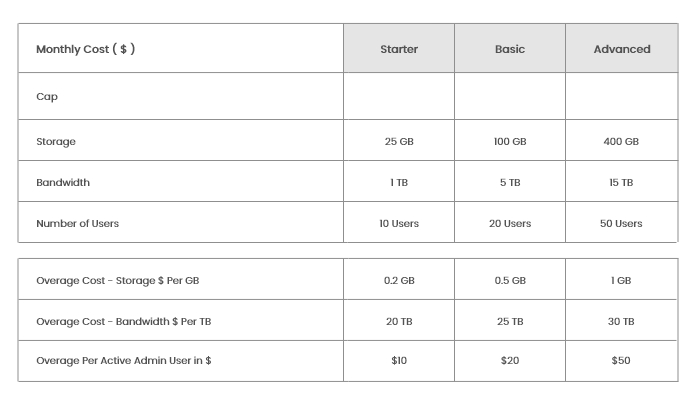



[Report Summary ] The Future of Online News Videos- Reuters, the 10 things to take note
For the last few years have seen an explosion of online video, driven by technical improvements, initiatives from platforms like Facebook, and investment by media companies in new visual storytelling formats.
For the last few years have seen an explosion of online video, driven by technical improvements, initiatives from platforms like Facebook, and investment by media companies in new visual storytelling formats. But to what extent are consumers embracing news video? Is this an incremental addition to the digital landscape or another fundamental disruption requiring urgent and immediate action? The following is the summary of the finding from 30 interviews by Reuters about the flourishing Online Video Market
Technology drives growth of Videos
The growth around online video news seems to be largely driven by technology, platforms, and publishers rather than by strong consumer demand.,ebsite users in particular remain resistant to online video news with only around 2.5% of average visit time spent on video pages in a range of 30 online news sites; 97.5% of time is still spent with text. around 75% of respondents to a Reuters institute survey of 26 countries said they only occasionally (or never) use video news online
Breaking News is best if it is Video format
Interest in video news does increase significantly when there is a big breaking news story based on log file evidence provided to us by the bbc around the Paris attacks, the percentage of users accessing video per visit doubled from around 10% on a normal day to 22% immediately after the attack. Online video news provides a powerful and popular way of covering compelling stories, but not all everyday news coverage is equally compelling.
Off-site Videos is something to watch out for
Off-site news video consumption is growing fast. Many publishers we interviewed said that the majority of their video is now consumed through Facebook and other platforms. According to the study, some individual viral videos in the report have had 75–100 million views, far more than they could ever have expected using their own websites; however, many other videos sink without trace.
Less than 1 minute videos are performing better
We find that the most successful off-site and social videos tend to be short (under one minute), are designed to work with no sound (with subtitles), focus on soft news, and have a strong emotional element. given the growing importance of social media as a source of news, this very different format is arguably already affecting the content and tone of news coverage in general.
Publishers are placing their bets on Online videos
Publishers are beginning to embrace online news video, with 79% of senior digital news leaders surveyed by the reuters institute at the start of 2016 saying they would be investing more during the year. The report finds a number of traditional publishers planning major initiatives (e.g. bbc's ten to watch) but others are just dipping their toes in the water. Most news organisations are in an experimental phase; they are nervous about the significant investment required, the difficulty of scaling video, and the uncertain path to commercial return.
Right now only few resources are dedicated to Video
We find varying approaches to resourcing and organising online video news production. we interviewed the following: news organisations that have only one or two people working on online news video; news organisations with large and well-established teams that operate largely independently from the main newsroom; and, finally, publishers that have tried to fully integrate online video into the commissioning and the production of their journalism.
Scaling of Video operations is tough with legacy systems
Issues of scale and technology are particularly pressing. Producing videos can be a time-consuming process using legacy systems, while digital-born competitors have better technology but are under pressure to create more and more content with the same number of staff, automated or semi-automated software is emerging to help solve these issues.
Monetization of Videos needs a different approach
The monetisation of online news video remains the biggest challenge for publishers. On-site monetisation continues to focus on pre-roll ads, despite widespread acknowledgement that this is a poor user experience that is affecting growth. Off-site monetisation is also problematic with much depending on the outcome of various Facebook product initiatives. to overcome these challenges, publishers are creating sponsored or branded content but many are struggling to scale this approach given the often bespoke nature of video production.
The full report on the topic can be accessed here. For queries related to hosting of videos or working with Live Video contact Hocalwire team for an elaborate discussion.

![[Report Summary ] The Future of Online News Videos- Reuters, the 10 things to take note [Report Summary ] The Future of Online News Videos- Reuters, the 10 things to take note](https://www.hocalwire.com/h-upload/uid/JGKCVrk7L455jECLtPyKDxc4UYYnZ2Rc3348405.jpg)